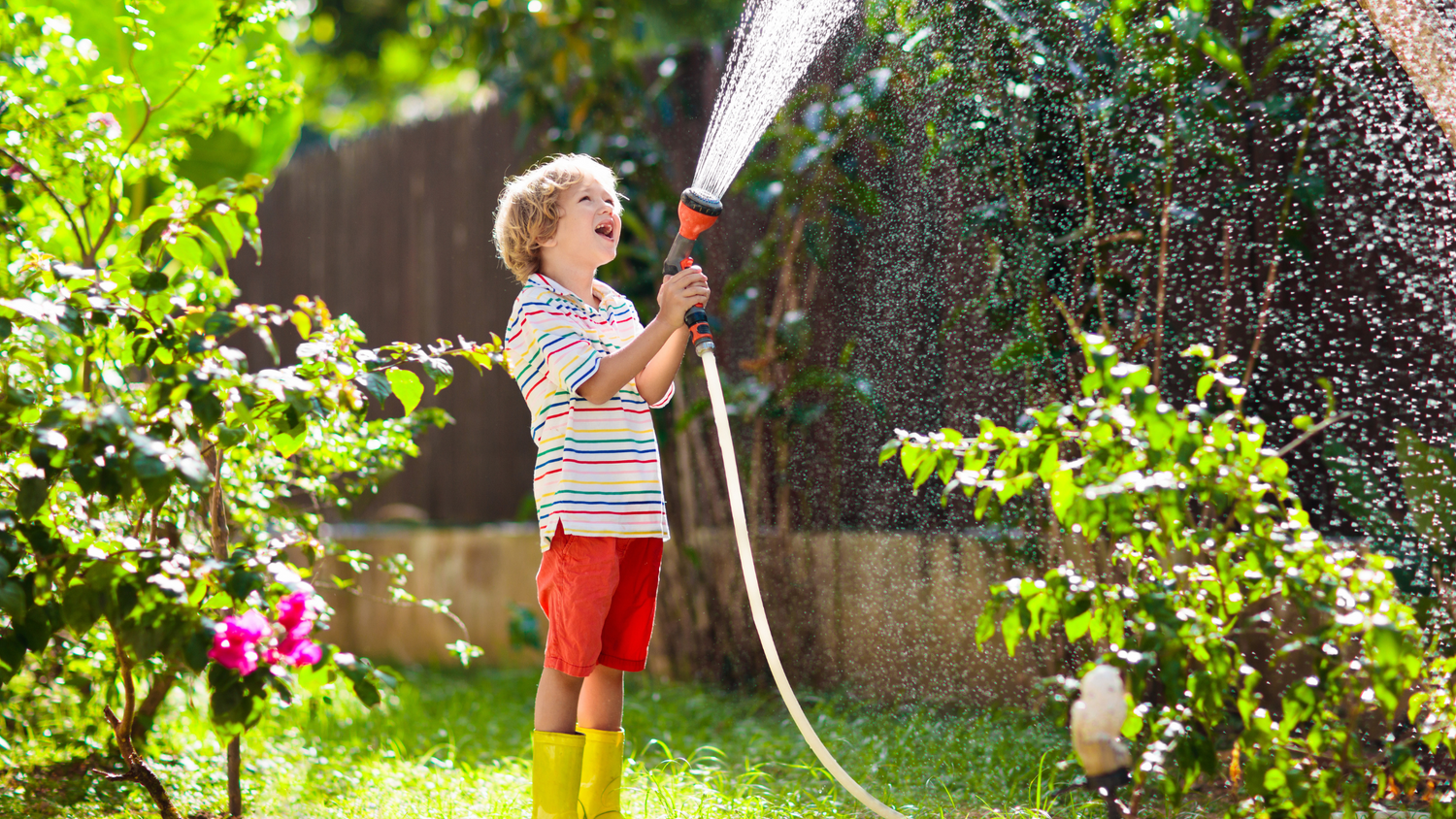Low water pressure in your garden hose can be more than an annoyance; it can affect everything from the health of your garden to the efficiency of washing your car. Understanding how to increase the water pressure can save you time and enhance the overall effectiveness of your outdoor tasks. This comprehensive guide will delve into several methods to elevate your gardening game by boosting the water pressure in your hose.
Understanding the Basics of Water Pressure
Before diving into solutions, it’s essential to grasp what water pressure is and what might influence its reduction in your garden hose. Water pressure is the force that pushes water through your home's plumbing system and out through fixtures like faucets, shower heads, and hoses. It is typically measured in pounds per square inch (PSI).
Several factors can contribute to low water pressure in a garden hose, including:
- Obstructions in the hose or connectors
- Leaks in your home’s plumbing
- Inadequate water supply
- The diameter and length of the hose
- Elevation differences
Check for Basic Issues
The first step to solving any problem with your garden hose is to check for the most obvious issues:
- Inspect the Hose for Kinks and Bends: Sometimes, straightening your hose can improve water flow and pressure. Ensure it is laid out flat and without any twists.
- Check for Leaks: Examine the hose and its connections for any signs of leaks. Even a small leak can significantly reduce water pressure.
- Clean the Hose and Nozzles: Dirt and debris can accumulate inside your garden hose or on the nozzles, restricting water flow. Disconnect the hose, run water through it to clear any debris inside, and clean any attached nozzles or sprinklers.
Increase Water Pressure at the Source
Adjust the Main Water Valve
Water to your property is controlled by a main water valve typically located near the meter. Ensure that this valve is fully open. Sometimes, these valves can be partially closed, especially after repairs or maintenance. Turning the valve counterclockwise will open it and potentially increase water pressure.
Water Pressure Regulator
This device could be too low if your home has a water pressure regulator. The regulator controls the pressure of the water entering your home and can be adjusted. However, adjusting a pressure regulator involves understanding certain plumbing basics and can affect all water fixtures in your home. If adjusted incorrectly, it can also lead to damage. Hiring a professional plumber to adjust the water pressure regulator is recommended.
Optimize Your Garden Hose Setup
Choosing the Right Hose
The diameter of the garden hose significantly affects water pressure and flow. A hose with a larger diameter can carry more water, thus increasing the pressure. Garden hoses typically come in diameters of 1/2 inch, 5/8 inch, and 3/4 inch. Opting for a 5/8 inch or 3/4 inch may be more beneficial if you are experiencing low pressure.
Consider the Length
Long hoses can decrease water pressure. The longer the hose, the more resistance to the water flow, which can reduce pressure. If high water pressure is critical for your needs, consider using a shorter hose or setting up multiple shorter hoses in different garden sections rather than one long one.
Select Appropriate Fixtures and Attachments
Spray nozzles, sprinklers, and other attachments can affect water pressure. Some nozzles are designed to increase pressure through their mechanisms. Look for nozzles that are specifically designed to enhance pressure.
Install a Water Pump
Installing a water pump can be a reliable solution for serious issues with water pressure. Water pumps can increase the pressure of the water supplied through your hose by boosting the flow from your water source. There are different types of pumps available depending on your specific needs:
- Booster Pumps: These are ideal for increasing water pressure in general throughout your plumbing system.
- Inline Pumps: These are specifically designed for hoses and can directly be attached to your hose setup to increase the water pressure.
Utilize a Water Tank
Setting up an elevated water tank can help boost pressure through gravity. The higher the tank above the ground, the better the gravitational pressure. Water tanks can store large volumes and maintain steady pressure, which is especially useful if you require consistent water flow for irrigation.
Dealing with External Factors
Check Community Supply Issues
Community-wide issues can affect water pressure, especially in areas with high water demand. Contact your local water supplier to check if there are issues in the water supply or ongoing maintenance that could affect your water pressure.
Consider Environmental Regulations
In some regions, regulations might restrict water usage, affecting pressure. Be aware of local guidelines and consider water-saving attachments and practices.
Final Thoughts
Depending on the root cause of the issue, increasing the water pressure in your garden hose can involve simple tweaks or more complex adjustments. By understanding your system and choosing the correct method, you can ensure that your garden remains lush and your outdoor cleaning tasks become more efficient. Whether you adjust your current setup, upgrade your equipment, or install a pump, increasing the water pressure can significantly enhance your water usage efficiency.
Remember, when dealing with more complex solutions like adjusting the main water pressure or installing pumps, consulting with or hiring a plumbing professional might be safer and more effective to ensure the job is done right without risking damage to your home’s plumbing system.





Leave a comment
This site is protected by hCaptcha and the hCaptcha Privacy Policy and Terms of Service apply.